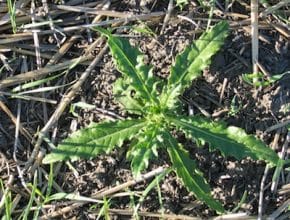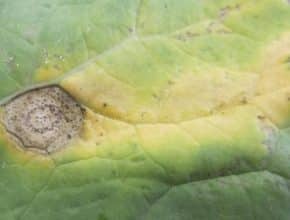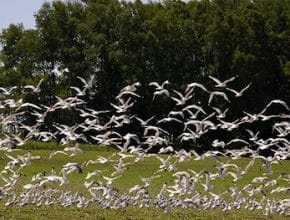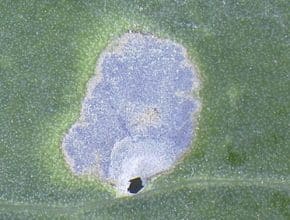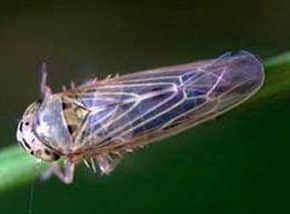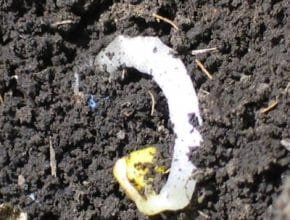Early season scouting is the theme of the week. Most canola crops are seeded and many have emerged. Canola plants face various threats in these first few weeks, including weed……
May 24, 2012 - Issue 13
-
-
In-crop weed control should occur as early as possible since canola is much more vulnerable to weed competition prior to reaching complete ground cover. Past research has demonstrated an advantage of 3 bu./ac. for controlling weeds at the 1-2 leaf stage of canola versus 3-4 leaf, and a 7 bu./ac. advantage versus 6-7 leaf. At $12 per bushel, that’s $36…
-
-
Some cutworm species are already quite active — dingy, for example — and can consume canola plants before they even emerge or shortly thereafter. Dingy cutworms will also eat wheat, barley and peas, so scout all crops. Scout bare or clipped patches, digging around in the border areas between missing plants and healthy plants. That’s where the cutworms will be…
-
Early diamondback moth (DBM) eggs are hatching, and some young canola plants could begin showing "window paning" of the leaves. Spraying for DBM at this stage is rarely needed but it has happened. Consider a spray if between 25% and 33% of the plant material is eaten or damaged, and larvae are still present on the plant…
-
Aster leafhoppers were spotted in North Dakota, Manitoba and Saskatchewan in significant numbers this week. Leafhoppers can carry aster yellows phytoplasm, but the percentage of the population carrying it tends to be quite low. In extreme cases, growers could spray the leafhoppers, but there is no economic threshold for aster leafhoppers in canola, and trying to time an insecticide so…
-
-
For canola fields at or below 4-5 plants per square foot, consider lowering the action thresholds for insect, weed and disease management all season long…

